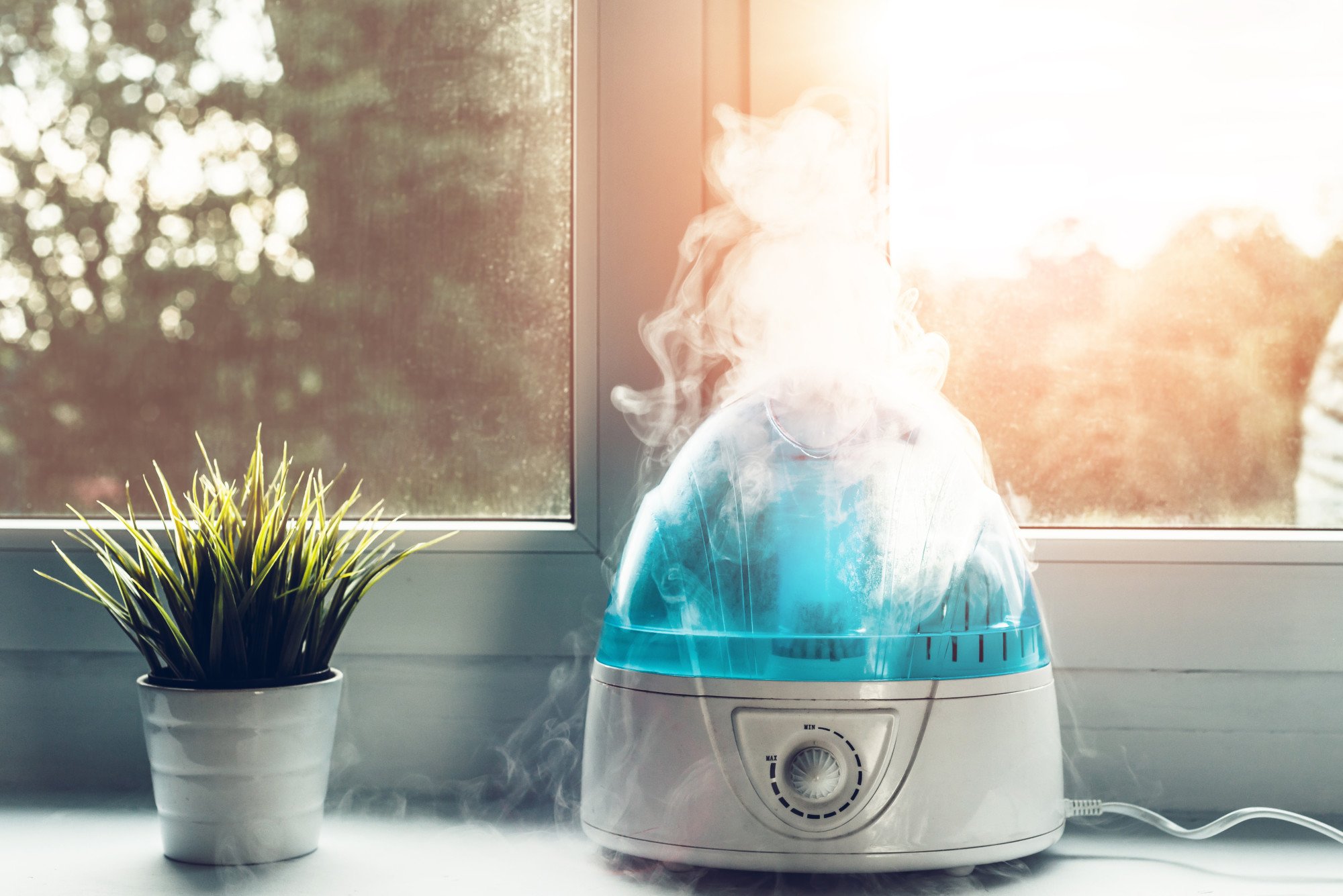Have you ever wondered if you have termites in your house?
Termites can cause extensive corrosion to your home and increase your heating bills unnecessarily. The first step to protecting your house from termites is to learn how to spot them. It can often be difficult because they blend in so well.
Among the numerous termite species, only about 200 of them ever present a threat to homes. If you see wood-eating larvae, or you spot termite droppings, you might have an infestation.
But what are the most common types of termites? When you know the answer to that question, identifying termites becomes easier.
In this article, we’ll introduce you to the most common types of termites you need to watch out for.
Drywood Termites
Dry wood termites are the most common in the United States. They live and forage above ground and feed primarily on dry wood, including:
- structural wood
- finished lumber
- dead limbs
- branches
- flooring
- furniture
These termites require no contact with the ground, soil, or excessive moisture to survive. The swarmers are often spotted near windows or outdoor lights when they look for new nesting spots in the spring or summer.
Hard, solid objects such as concrete furnishings and metal structures are not as attractive to dry wood termites as wood. When they have established a nest, these termites usually construct interconnected chambers and galleries beneath the surface of the wood.
Dampwood Termites
Termites are insects that cause a considerable amount of damage to wooden structures throughout the world. Dampwood termites are less destructive than the other two species because they prefer wood with high moisture content.
Characteristically, they tend to dwell in woods that are naturally damp, such as:
- old stump
- fallen logs
- branches
- moist wood
Dampwood termites also occur in wood situated adjacent to leaking roofs, downspouts, air-conditioning units, and sprinkler systems. They do not require any ground contact and are capable of infesting structures far away from the ground.
They often build their colonies inside of man-made objects such as wall voids, window frames, door frames, and attics. Homeowners should monitor their dwellings for signs of termites infestation and contact a licensed pest control services if they observe any.
Formosan Termites
Termites cause billions of dollars in damage to homes and businesses every year in the United States and are found in every state. Formosan termites, however, are an invasive species that originated in Southeastern Asia.
Formosan termites build large colonies and can cause severe termite damage to homes and other wooden structures. Often attacking hardwoods, plastics, and building materials such as:
- insulation
- wallpaper
Formosan termites are highly aggressive and can cause significant structural damage in a very short time. They also can travel long distances via railroad ties and patio stones and other building materials.
They form colonies that can contain several million individuals and, due to their aggressive nature, can surpass the destruction caused by native subterranean termites. Control and prevention are the best strategies to manage both Formosan and native termites.
Conehead Termites
Termites are one of the most dangerous and destructive pests that homeowners and business owners must contend with. There are a variety of common types of termites, each species with its behaviors and characteristics.
Conehead termites are one of the common types of termites found in the United States and are often found in urban areas. Conehead termites are five-eighths of an inch long and have long, cone-shaped heads.
They also have long, straight antennae and a white-gray coloring. The Frontal Pallium of the Conehead termite is an indentation between the head and thoracic segments which helps distinguish them from other types of termites.
Conehead termites feed on wood, straw, paper, and other cellulose-based products. They can cause significant termite damage to structures if they are left unchecked.
Subterranean Termites
Subterranean termites are one of the many common types of termites. They live in colonies and seek out cellulose-based materials, such as wood and paper, to feed on.
Subterranean termites travel into buildings through mud tubes they have built, or in some cases through cracks in foundations, seeking wood and other materials to eat. They are one of the most dangerous termites because they cause far more damage to structures than other types of termites.
Subterranean termites need a constant source of moisture to survive, so they live in damp environments like the soil around a structure, or even in potted plants in homes. They often feed on the wood components and structural supports of the house.
While they may be helpless against subterranean termites, homeowners can take preventive measures to identify them early and take the necessary steps to control the damage.
Arboreal Termites
Arboreal termites are the most unique of the four species and are native to tropical climates. They live in the treetops and consume hardwood, woody debris, or special nests made of mud and saliva.
These nests can be up to four feet in diameter and are usually located high up in the canopy. Arboreal Termites have two classes of workers and soldiers and an incredibly social society that features kings and queens.
They feed on cellulose-containing material and require moist conditions to survive. These termites are called “arboreal” because they tend to build nests in trees and other vertical structures.
They can be a significant termite problem in the tropics because of their ability to weaken structural timbers. They can cause extensive damage to wooden buildings.
Identifying the Different Types of Termites
Termites are destructive insects, which is why controlling them is important. Some common types of termites include dry wood, damp wood, and subterranean termites.
It is important to identify the type of termite infestation to effectively control them. Call your local pest control specialist today to understand the type of termites infesting your home and to prevent further damage.
Have you learned a lot from this article? If you’re looking for more useful reads, keep reading on our blog!



